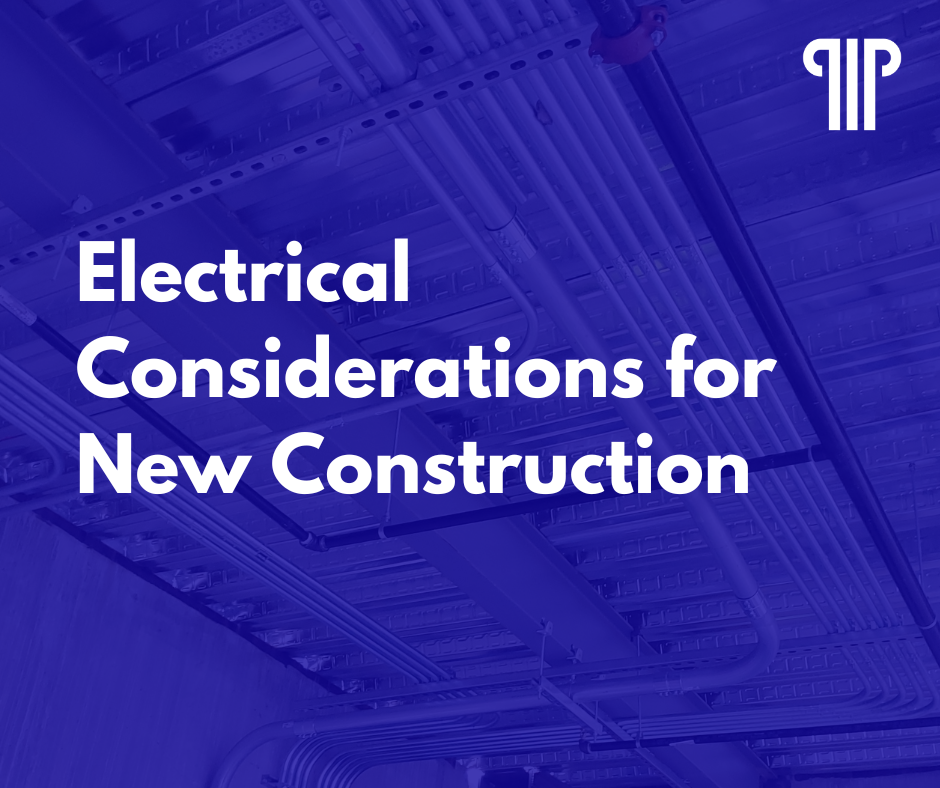
Reviewing electrical considerations before constructing a new building is crucial for safety, compliance, functionality, integration, and future-proofing. It ensures that the electrical system is designed and implemented in a way that meets the building’s needs, adheres to regulations, and provides a safe and efficient environment for occupants. Here are some of the important aspects to consider:
- Power Distribution: Determine the electrical demand of the building and design an appropriate power distribution system. This involves calculating load requirements, sizing transformers, switchgear, circuit breakers, and panel boards.
- Lighting Design: Create a lighting layout to ensure adequate illumination throughout the building while considering energy efficiency. Select lighting fixtures, control systems, and incorporate natural lighting wherever possible.
- Wiring and Circuitry: Plan the wiring and circuitry to connect electrical devices and equipment. Design the routing of electrical conduits and cable trays, considering the building layout, codes, and safety requirements.
- Outlets and Receptacles: Determine the locations and types of outlets and receptacles required for power supply to various appliances, equipment, and devices. Consider the specific needs of each area, such as specialized outlets for kitchen appliances or computer systems.
- Safety and Code Compliance: Ensure compliance with electrical codes and safety standards. This includes proper grounding and bonding, installation of circuit protection devices, arc fault circuit interrupters (AFCIs), ground fault circuit interrupters (GFCIs), and implementing safety protocols.
- Emergency Power Backup: Assess the need for emergency power backup, such as uninterruptible power supply (UPS) systems or backup generators. Identify critical systems that require continuous power supply during outages.
- Communication and Data Systems: Incorporate the infrastructure for communication and data systems, such as telephone lines, data cables, networking equipment, and audio-visual installations. Coordinate with IT specialists to meet specific requirements.
- Renewable Energy Integration: Evaluate the feasibility of integrating renewable energy sources like solar panels or wind turbines. Determine the potential for energy generation and the necessary infrastructure to connect renewable systems to the building’s electrical network.
- Energy Efficiency: Incorporate energy-efficient technologies and practices into the electrical plan, including energy-efficient lighting fixtures, occupancy sensors, dimmers, and energy management systems. Consider the use of smart technologies for optimizing energy consumption.
- Maintenance and Future Expansion: Plan for ease of maintenance and future expansions. Allow sufficient space for electrical equipment, provide accessible panels, and consider the capacity to accommodate future electrical loads.
It’s important to note that designing an electrical approach and plan for new construction typically requires the expertise of a professional electrical engineer or a qualified electrical contractor to ensure compliance with regulations and best practices.

